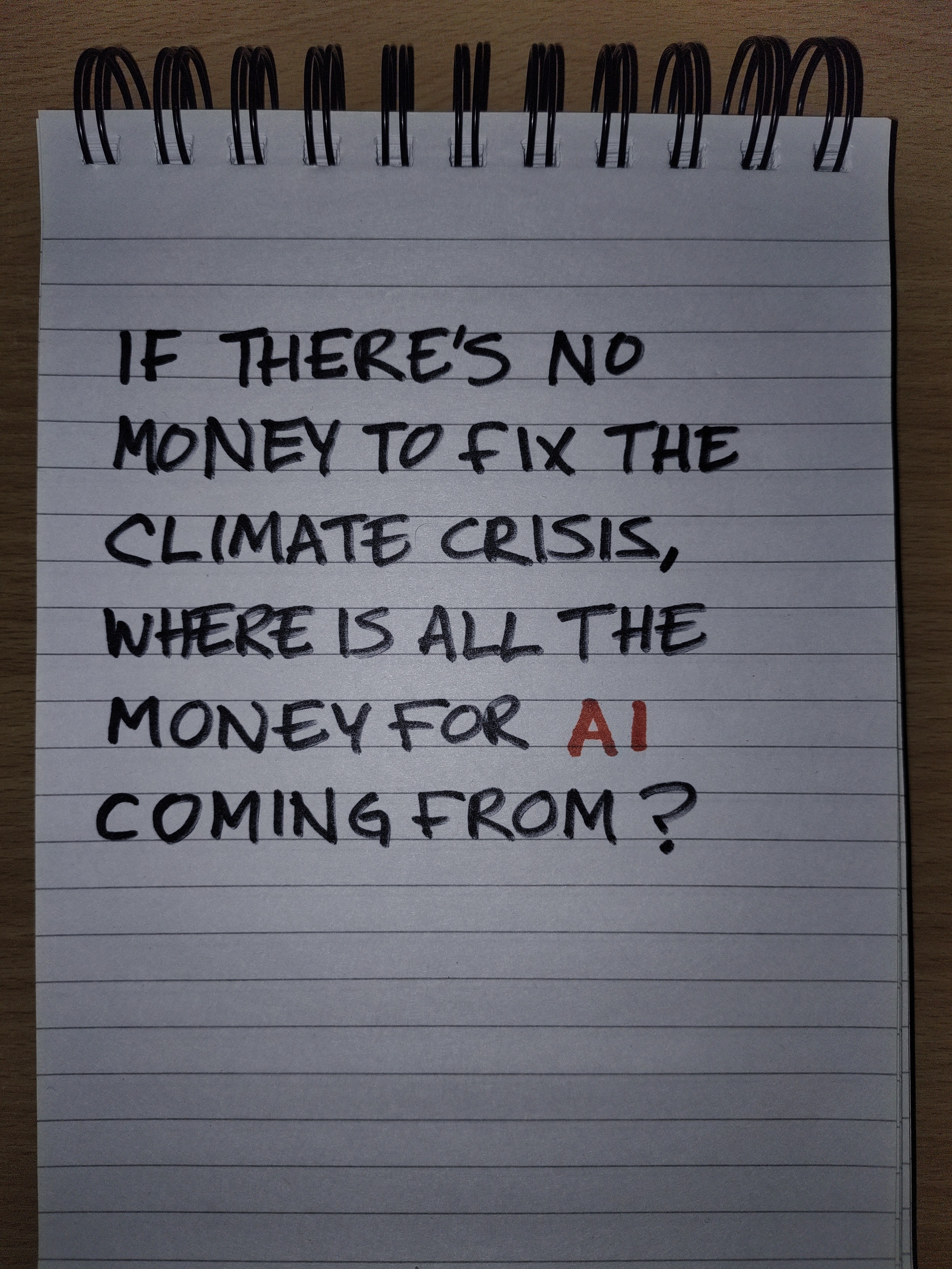China’s annual trade surplus surpassed $1 trillion for the first time last month, as a sharp drop in shipments to the U.S. was offset by surging exports to other major markets. https://www.japantimes.co.jp/business/2025/12/08/economy/china-trade-surplus-rise/?utm_medium=Social&utm_source=mastodon #business #economy #china
Finance Minister Satsuki Katayama is calling on both ruling and opposition parties to work together to enact the government’s supplementary budget swiftly to “bring back a strong economy to Japan.” https://www.japantimes.co.jp/business/2025/12/08/economy/japan-finance-minister-parliament-budget-speech/?utm_medium=Social&utm_source=mastodon #business #economy #satsukikatayama #budgets #diet #japaneseeconomy #sanaetakaichi
Japanese investors bought the largest amount of U.K. sovereign bonds in over four years in October as they expected a potential Bank of England interest-rate cut to boost the debt. https://www.japantimes.co.jp/business/2025/12/08/economy/japan-uk-bond-purchase/?utm_medium=Social&utm_source=mastodon #business #economy #bonds #investments #uk #bankofengland
Prime Minister Sanae Takaichi’s administration has submitted its draft ¥18.3 trillion ($118 billion) supplementary budget for fiscal 2025 to parliament to finance her first comprehensive economic package. https://www.japantimes.co.jp/business/2025/12/08/economy/japan-extra-budget/?utm_medium=Social&utm_source=mastodon #business #economy #budgets #japaneseeconomy #sanaetakaichi #diet
Japan’s economy shrank in the three months through September, the government confirmed, giving some justification for Prime Minister Sanae Takaichi’s stimulus package. https://www.japantimes.co.jp/business/2025/12/08/economy/japan-revised-gdp-july-september-down/?utm_medium=Social&utm_source=mastodon #business #economy #economicindicators #gdp #japaneseeconomy #wages #inflation #boj #sanaetakaichi
Expensive repairs are making it impossible for people to maintain the vehicles they already own. Simple fixes that used to take minutes now cost thousands or force you back to the dealer.
China is betting its future on a massive, pragmatic AI revolution on the factory floor. It's leveraging scale, massive industrial base, and state support to automate its way out of demographic and economic threats, aiming to lock in its manufacturing dominance through technological supremacy.
https://www.wsj.com/tech/ai/ai-robots-china-manufacturing-89ae1b42
AI is exposing the deep absurdity of late capitalism. Much of the economy in the West consists of what Graeber called bullshit jobs which are roles that even people performing them struggle to justify. I’d argue these types of jobs are uniquely vulnerable to replacement by AI.
🧵 1/4
This almost seems … rational?
> Microsoft’s Nadella: #AI needs ‘social permission’ to consume so much energy. https://www.politico.com/news/2025/12/01/microsofts-nadella-says-ai-must-earn-social-permission-to-consume-so-much-energy-00671920
> “At the end of the day, I think that this industry — to which I belong — needs to earn the social permission to consume energy, because we’re doing good in the world.”
I would like to contest the claim about 'doing good in the world'. But I can't argue the other half of that statement.
And, right now? I'm withholding MY permission.
#economy #SocialJustice
Japan’s households unexpectedly cut spending for the first time in six months, in a sign of the fragility of domestic demand as the Bank of Japan prepares to consider raising borrowing costs later this month. https://www.japantimes.co.jp/business/2025/12/05/economy/household-outlays-fall/?utm_medium=Social&utm_source=mastodon #business #economy #japaneseeconomy #consumerspending #boj
Expect even higher prices: "After Trump’s April Liberation Day tariffs schedule that shocked the world and set off months of ongoing volatility, importers ate much of the costs associated with tariff-related price hikes, and stockpiled inventory before the additional levies kicked in. Those spring and summer inventories are waning, and businesses are passing down price hikes to consumers more often":
https://talkingpointsmemo.com/fivepoints/five-points-government-shutdown-us-economy-bls-jobs-report
#politics #economy #affordability #inflation copy: @renewedresistance
Fantastic news! Tariffs are doing a spectacular job reshoring US industry. The manufacturing sector has now heroically contracted for nine straight months, with orders plummeting and employment shrinking. The US managed to successfully make production more expensive and uncertain than ever, crippling eleven key industries.
Finland's unemployment rate has soared to one of the highest in the EU, and with no clear signs of a turnaround, experts say it poses a challenge to the country's welfare model. https://www.japantimes.co.jp/business/2025/12/02/economy/finland-unemployment-welfare-model/?utm_medium=Social&utm_source=mastodon #business #economy #finland #jobs #economicindicators #eu
Germany's economy is in its worst crisis since WWII, industry leaders warn. A "perfect storm" of high energy costs, weak exports, Chinese competition, and U.S. tariffs has led to recession. Despite Chancellor Merz's promises of a spending revival, businesses say action is too slow, held back by overregulation, a lack of innovation, and chronic labor shortages.
China is leveraging a broad suite of digital technologies, from IoT and big data to drones and smart sensors, to address major societal challenges.
The tech-driven approach is enhancing elderly care for a rapidly aging population and modernizing agriculture to boost rural prosperity, demonstrating a national strategy to use innovation for inclusive, equitable growth.
Saudi Arabia’s sovereign wealth fund is looking to increase its investments in Japan to about $27 billion by the end of 2030 as the kingdom looks to deepen ties in Asia. https://www.japantimes.co.jp/business/2025/12/02/economy/saudi-funds-japan-investments/?utm_medium=Social&utm_source=mastodon #business #economy #investments #saudiarabia #japaneseeconomy
Costco sues the Trump administration, seeking a refund of tariffs. The wholesaler is the latest company to sue a federal agency over the president's signature economic policy.
https://www.nbcnews.com/business/business-news/costco-sues-trump-tariff-refunds-rcna246860
